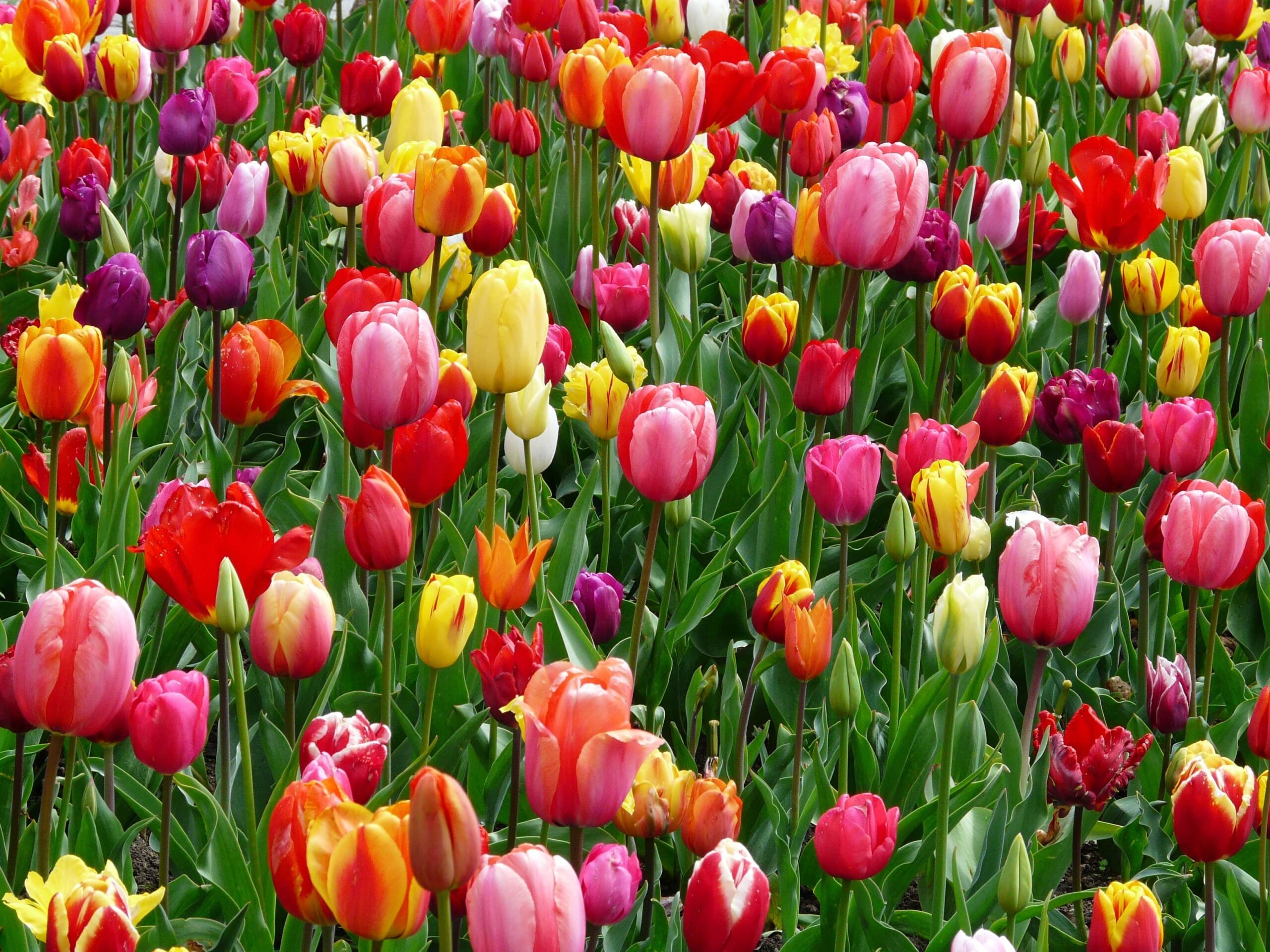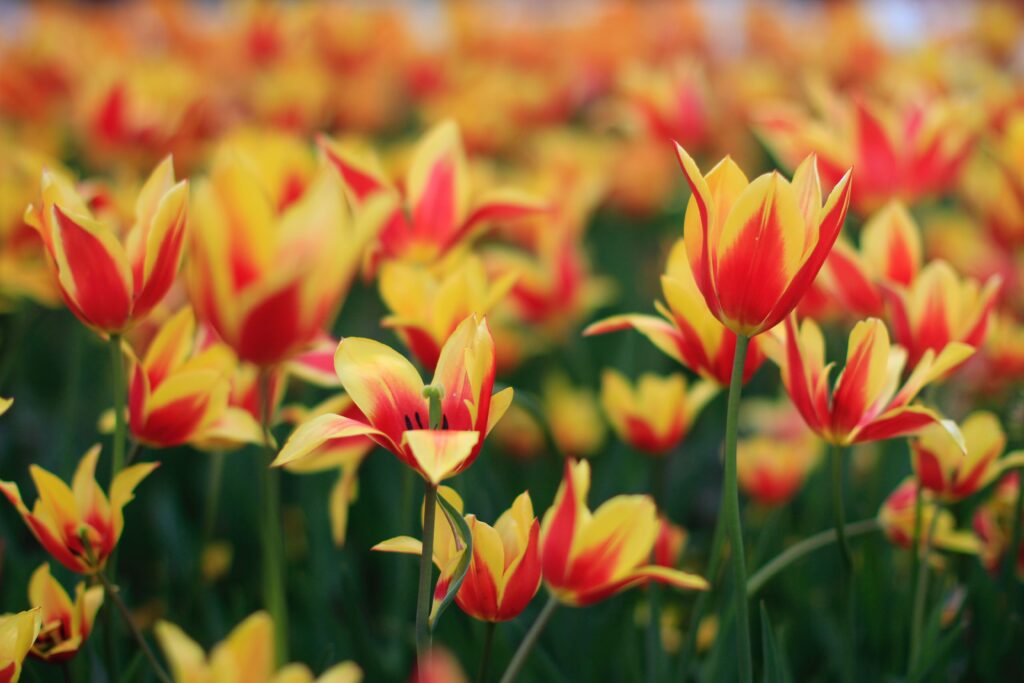The advantages of cultivating tulip blossoms for the environment

Tulip species are not only lovely and well-liked flowers; they also have a lot of environmental benefits. Growing tulip blossoms and other flower varieties can benefit the environment in a variety of ways, from promoting biodiversity to offering habitat for pollinators. From the tulip bulbs to the tulip leaf, they all provide the environment with a positive impact. The following are a few benefits of tulip flower cultivation for the environment:
1. Supporting Biodiversity
Tulip bloom cultivation can benefit biodiversity in a variety of ways. First, tulip blossoms feed a variety of pollinators, such as bees, butterflies, and hummingbirds, as well as provide them with habitat. As they assist in pollinating flowers and plants, which in turn supports the growth and reproduction of a variety of species, these pollinators are crucial to the health of ecosystems. Tulip blossoms can also serve as a food source and home for other creatures like birds and small mammals.
2. Providing Habitat for Pollinators
Pollinators, especially bees, rely heavily on tulip blossoms as a food supply. As they assist in pollinating flowers and plants, which in turn supports the growth and reproduction of a range of species, bees are crucial to the health of ecosystems. Tulip flower cultivation can assist in supplying habitat and food for pollinators and other wild species, which can improve the health of ecosystems.
3. Promoting Sustainability
Tulip bloom cultivation can also support sustainability in a variety of ways. First, tulip blossoms can support the adoption of eco-friendly gardening techniques like water conservation, the use of organic fertilizers and pesticides, and waste reduction. Tulip blossoms can also support the use of environmentally friendly materials like biodegradable pots and containers. Finally, by offering shade and wind protection, tulip blossoms can encourage the adoption of renewable energy sources like solar panels and wind turbines.

4. Reducing Pollution
Tulip bloom cultivation can reduce pollution in a variety of ways. First, hazardous airborne contaminants like dust and pollution can be filtered and absorbed by tulip blooms. In addition, tulip blossoms can act as a natural sound barrier, which will aid to lessen noise pollution. Tulip flowers also serve as natural filters, absorbing extra nutrients and pollutants from the soil, which can assist to lessen water pollution.
In conclusion, growing tulip flowers have a lot of environmental benefits. Tulip blooms increase biodiversity, give pollinators a home, improve aesthetics, cut down on pollution, and encourage sustainability. You may enhance the beauty and health of the natural world and have a good impact on the environment by growing tulip flowers. There are various methods to include tulip flowers into your gardening activities and improve the environment, whether you are an experienced gardener or are just getting started. These are some of the benefits of tulip blossom cultivation for the environment.